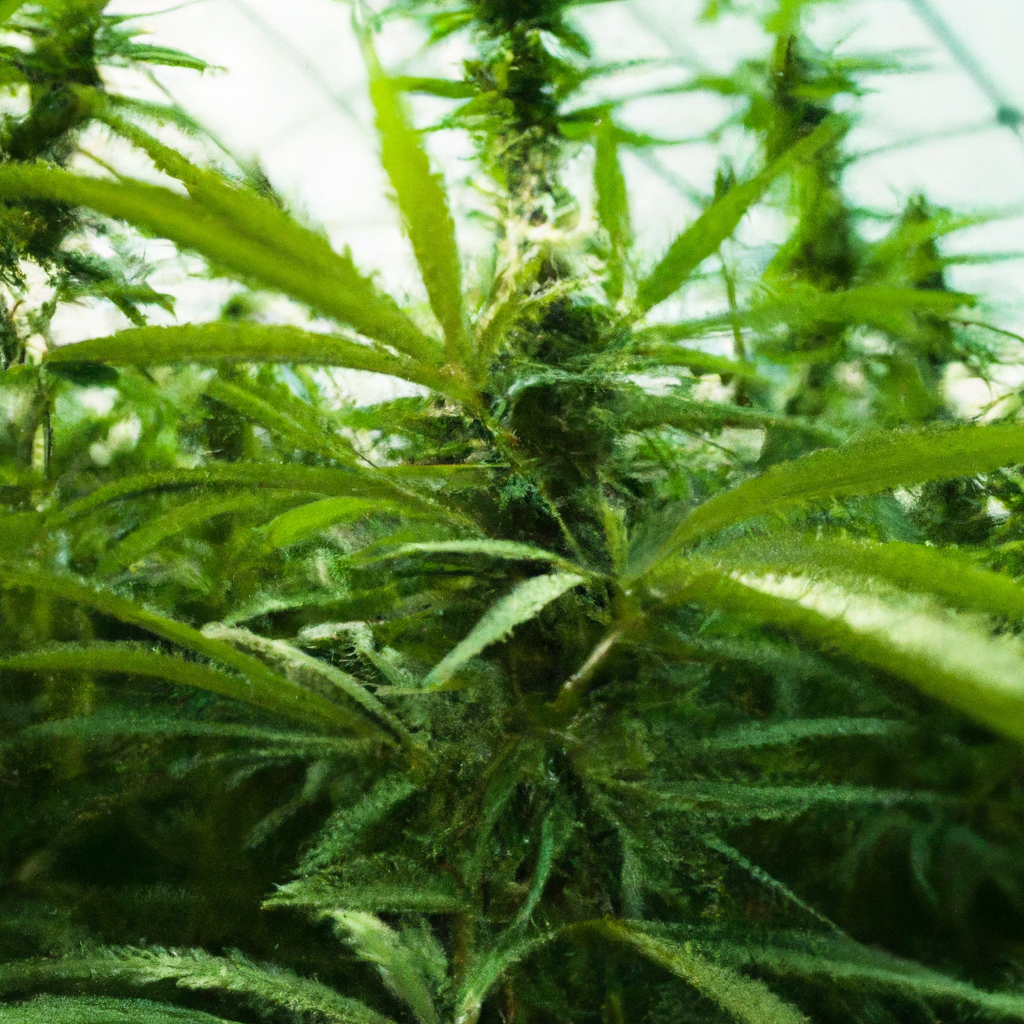In the world of cannabis cultivation, precision is key. For those growing in high-altitude environments like Colorado, understanding the nuances of climate control can mean the difference between a good harvest and a great one. Today, we delve into how advanced sensors can elevate your grower’s toolbox, ensuring optimal growth at every stage.
The Role of Sensors in Cannabis Cultivation
Sensors have revolutionized the way we grow cannabis, particularly in challenging environments where variables like temperature, humidity, and soil moisture change swiftly. By integrating advanced sensor technology, growers can access vital data in real-time, making adjustments as needed to maintain the perfect environment for their plants.
Types of Essential Sensors
- Temperature and Humidity Sensors: These are indispensable for monitoring the microclimate of your grow space. Maintaining precise temperature and humidity levels ensures that plants are not stressed, which can drastically affect yields.
- PAR Sensors: Photosynthetically Active Radiation (PAR) sensors help growers assess the effectiveness of light reaching their plants. This data is crucial for optimizing light schedules and ensuring plants receive the correct amount of light for efficient photosynthesis.
- Soil Moisture Sensors: Overwatering and underwatering are common pitfalls in cannabis cultivation. Soil moisture sensors provide accurate readings that help determine when watering is necessary, preserving water while maximizing plant health.
How to Integrate Sensors into Your Grow Operation
For those looking to advance their cultivation practices with sensor technology, follow these steps to seamlessly incorporate these tools into your grow operation:
- Assess Your Needs: Identify the specific needs of your grow operation. Are you dealing with fluctuating temperatures or inconsistent soil moisture?
- Select the Right Sensors: Choose sensors that best fit your environmental challenges. For example, if humidity is a constant battle, focus on high-quality humidity sensors.
- Install and Calibrate: Proper installation and calibration of sensors are critical. Ensure all sensors are installed in locations where they will provide the most accurate data.
- Monitor Regularly: Use data from sensors to make informed decisions. Regular checks will help you identify trends and alter conditions for optimal plant health.
Real-World Benefits: A Case Study from Magic Green Grow
At Magic Green Grow, we’ve embraced sensor technology extensively. For instance, after installing soil moisture sensors in partnership with a local tech start-up, we achieved a 30% reduction in water usage. Furthermore, integrating PAR sensors led us to adjust our lighting strategy, resulting in a 20% increase in yield. These advancements highlight how technology and traditional growing wisdom can work hand-in-hand for remarkable outcomes.
Conclusion
Embracing sensor technology in cannabis cultivation reflects a commitment to precision and efficiency—attributes that are particularly valuable in high-altitude growing. By leveraging data-driven insights, growers can optimize their conditions and enjoy greater harvests, ultimately enhancing both the quality and quantity of their cannabis crops.
As we continue to innovate and refine our techniques, remember: “Healthy roots, healthy buds, happy harvests.” Ready to take your grow to the next level? Consider what sensors can do for you.
Visit MagicGreenGrow.com for more expert insights on sustainable cannabis cultivation.
John “Magic” Greenleaf
“Growing greatness, one strain at a time.”
Don’t forget to explore our blog for more articles on maximizing your cannabis cultivation success through advanced techniques and sustainable practices.


Leave a Reply